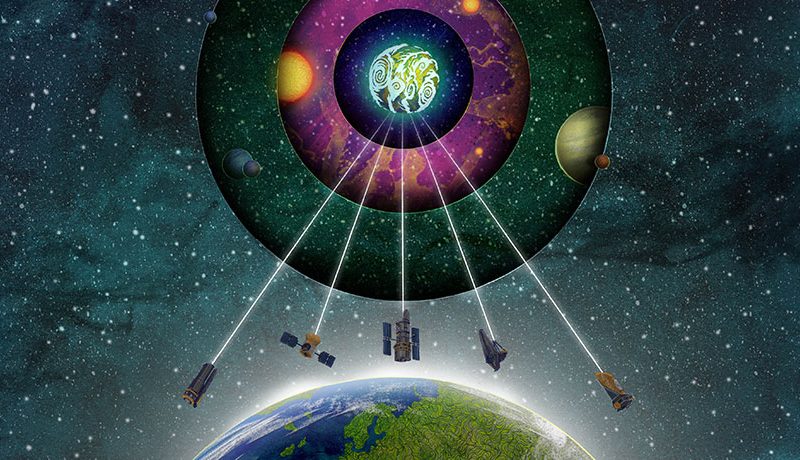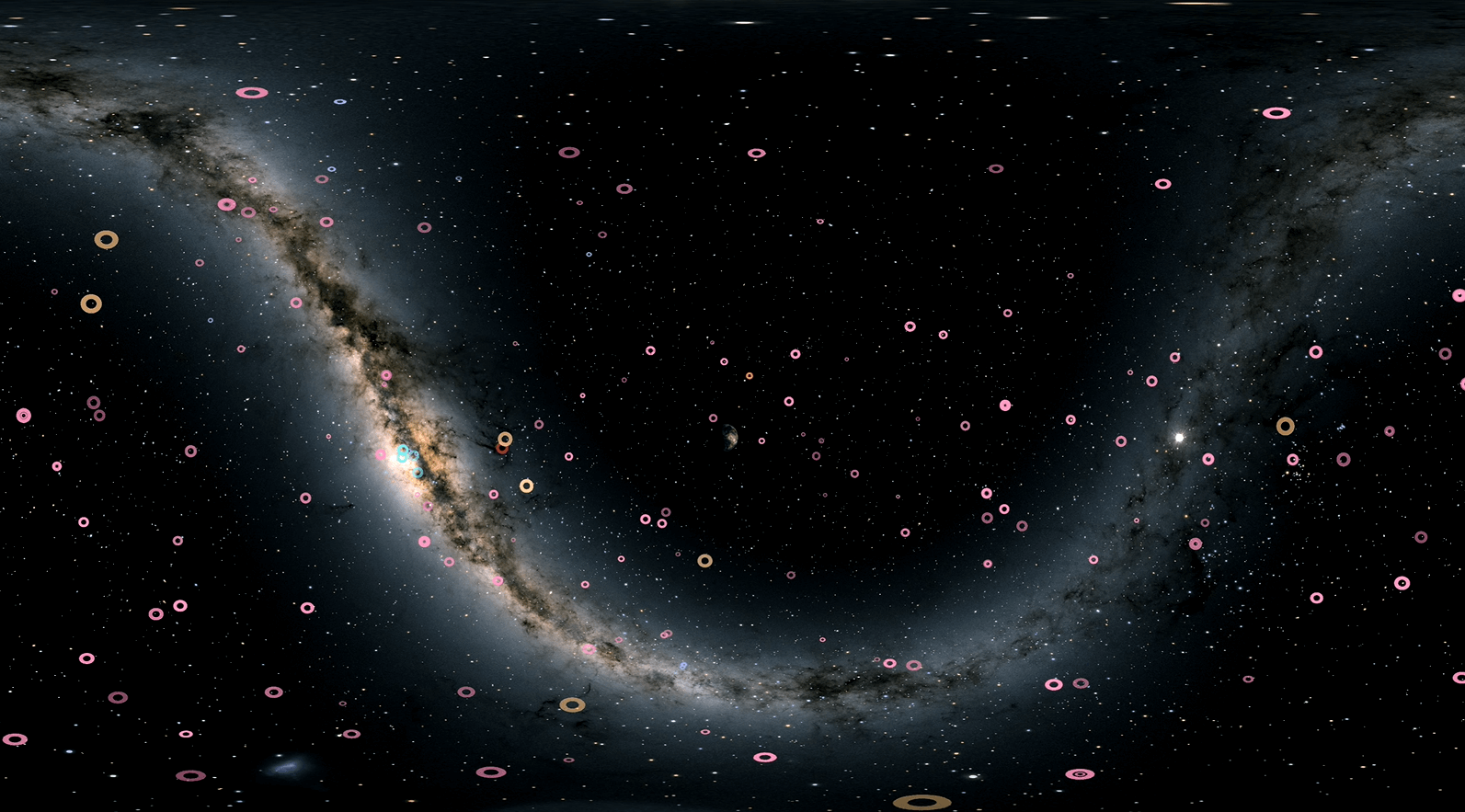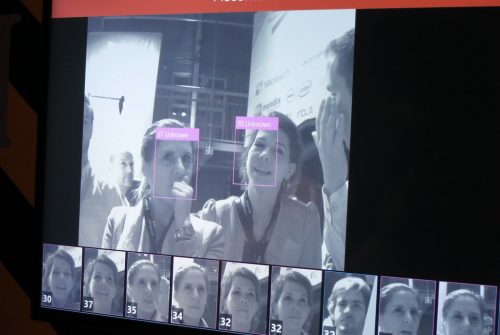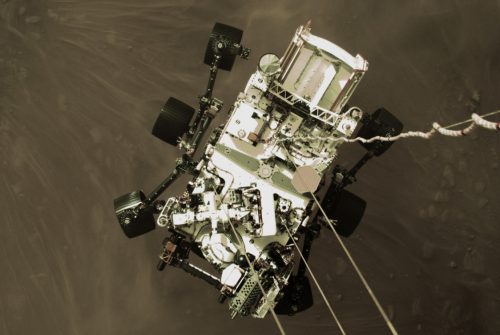In search of other worlds
12 July 2019 | Written by Alberto Laratro
To date, we have discovered over 4000 exoplanets, or celestial bodies that orbit other stars, a video shows in a minute almost 30 years of observations

The existence of other planets beyond those of our solar system has long been an unanswered question. The debate, first philosophical, then scientific, on the presence of other worlds comes from far away, already in ancient Greece it was assumed that other worlds could exist beyond the Earth: Venus, Mars, Jupiter and the other celestial bodies of our solar system do not were considered because at the time they were not intended as planets but – given their movement in the sky with respect to the fixed stars – as wanderer stars, in Greek plànētes astéres from which the name planet. The discovery of the solar planets has not changed the question much: in the 1700s Newton wondered if there were worlds that did not orbit our star.
The final answer came in 1992 when Alexander Wolszczan and Dale Frail confirmed the discovery of two extrasolar planets, or exoplanets, thanks to the observations of the Arecibo radio telescope. From that day on, the identification of new exoplanets was exponential: thanks to new telescopes, both on the ground and in space, we were able to identify more than 4,000 exoplanets. But why look for new planets if, given the incredible distances, with the technologies available to us today, reaching them is fundamentally impossible?
Our place in the world, or rather in the universe. Since the dawn of time some questions haunt mankind: are we alone in the universe? Where do we come from? Looking for exoplanets in part allows us to find answers to these questions. By studying them we can observe worlds in different phases of their life cycle, allowing us to better understand the complex dynamics of a solar system and its planets and therefore we can better understand our past and our future on a planetary scale.
Not only that, by studying the atmosphere of these planets (when they have one) we can try to identify those gases that are typically emitted by processes related to life, oxygen and methane to name two, and perhaps discover clues to be able to respond to the atavistic question “are we alone?”. It should be emphasized that alien (not necessarily intelligent) forms of life can exist thanks to processes extraneous to us, but in this case, we would not know how to look for them, so we concentrate on characteristics known to us.
A final long-term answer concerns the very future of humanity: if we succeed in not destroying ourselves, the search for new worlds to inhabit, if and when a technology will be developed that will allow us to travel among the stars, it may be fundamental to save the human race from catastrophic events.
In all this, it should not be forgotten that the technological, engineering and scientific efforts required for the research of these planets often have repercussions on our society: new applications for technologies invented for space, the so-called spin-offs, are everywhere and have helped shape modern society.
How do you find extrasolar planets? Being able to directly observe an exoplanet with a telescope is an arduous task, they are incredibly small – because they are distant – and do not emit their own light: it is like trying to observe the tip of a gray pin on the gray surface of the Moon watching with binoculars. Rarely has it been possible to observe some of them: only in the case of very large and hot exoplanets. Their emission of infrared radiation, in fact, however weak and overwhelmed by that of the star around which they orbit, is detectable.
To find these planets, however, there are many methods that deduce their presence (and a lot of information about orbit, composition, size, density, distance from their star) from different clues. The most used and able to provide the best results is called transit method.
Micro eclipse to discover distant worlds. The transit method is very intuitive: if we observe a star we are able to detect a drop in its brightness when a planet that orbit it passes in front of it: a real eclipse (or rather an occultation) seen from billions and billions of km of distance. By studying photometric data, or how much light we detect from a star, it is possible to identify rapid drops (and therefore not necessarily linked to any cyclic changes in the brightness of a star) and above all repeated in the time of the light that comes from the star.
The interesting thing about this method is that it allows us to deduce a huge amount of information about the planet that we virtually see the shadow of. The frequency of the occultations shows us the orbital period of this world, or how long a year lasts, from this information, together with data related to the oscillation of the star linked to the gravitational attraction of the planet, we can deduce the distance of the orbit, then its mass, its size and therefore also its density. This last data allows us to understand whether a planet is rocky (large mass in a small space) or gaseous, like Jupiter (large mass in so much space).
The moment we identify a rocky planet that orbits at the right distance from its star, here we have just discovered a potentially habitable world. If this planet has an atmosphere then the light that passes through it comes to us in a different color than that of the star and this allows us to understand, through spectrographic analysis, what it is composed of.
Search for new planets all together. The data collected by the telescopes that deal with identifying exoplanets are many and being able to analyze them all takes a long time. For this reason, a citizen science initiative was born, Planet Hunter, which allows anyone to analyze data in search of those typical drops in brightness that indicate the presence of an exoplanet. A way to involve the public in scientific research and at the same time lighten the workload necessary to analyze the enormous amount of data.
4000 worlds in 1 minute. The fantastic video published on APOD (Astronomy Picture of the Day) and created by SYSTEM Sounds thanks to NASA data, shows compressed in one minute the discovery, in less than 30 years, of all the over 4000 known exoplanets. This is an exponential growth linked to the constant improvement of the technologies needed to make observations.
The video shows the entire starry sky (this is why the Milky Way turned into a sort of U) and a circle (whose color indicates the method of discovery) appears to indicate the discovery of a new world. The explosion of discoveries that began in 2009 in a cross-shaped area in the upper left corner is due to the Kepler space telescope, launched into space specifically to search for exoplanets in that small section of the sky: Kepler alone identified more than 2500 extrasolar planets. In October 2018 the fuel to orient the telescope in space has run out, resulting in the end of the mission.
On the other hand, his successor, TESS (Transiting Exoplanet Survey Satellite), is already in orbit and since last year has been monitoring not a small section of space but the whole heavenly vault in search of new planets that will allow us to understand a little better where we come from, if we are alone in the universe and, perhaps, that can be our new home in the distant future.






